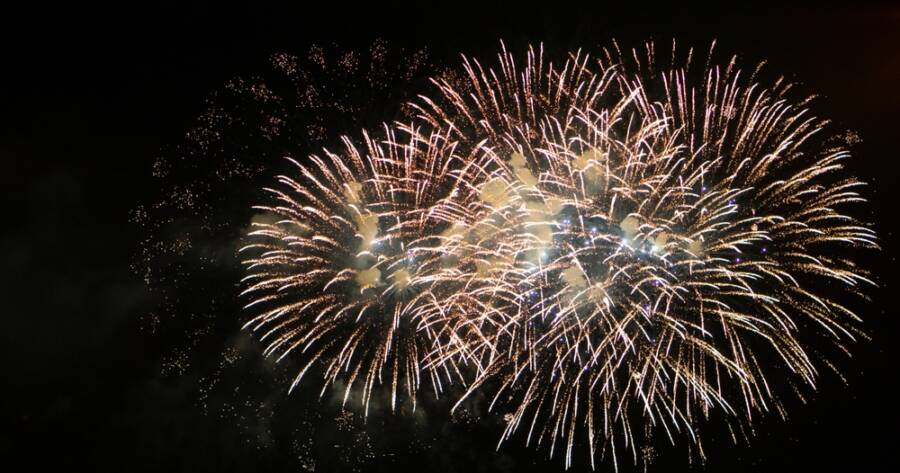New Year’s Eve is celebrated with unique traditions that reflect the culture and spirit of each community. From tossing plates for good luck in Denmark to savoring soba noodles for a fresh start in Japan, these rituals showcase the creative ways people welcome the year ahead. Exploring these customs not only highlights their cultural significance but also inspires new ways to celebrate. Discover how different traditions around the world bring meaning and joy to ringing in the New Year.
United States: Watching the Ball Drop in Times Square
In the United States, millions gather to watch the iconic ball drop in New York City’s Times Square at the stroke of midnight. This tradition began in 1907 to celebrate the New York Times’ headquarters and has since become a symbol of New Year’s Eve nationwide. Whether viewed on television or experienced in person, the event features countdowns, performances, and vibrant energy, making it one of the most recognizable ways Americans welcome the New Year.
Spain: Eating 12 Grapes for Luck
In Spain, eating 12 grapes at midnight is a beloved tradition known as las doce uvas de la suerte (the twelve grapes of luck). Each grape represents a stroke of the clock and is believed to bring prosperity and ward off bad luck in the coming year. The challenge lies in finishing all 12 grapes before the final chime, adding excitement and laughter to this symbolic ritual, which is often shared with family and friends.
Japan: Enjoying Soba Noodles for a Fresh Start
In Japan, it’s customary to eat soba noodles, known as toshikoshi soba, on New Year’s Eve. The long, thin noodles symbolize longevity and a clean break from the past year. This tradition, dating back to the Kamakura period, reflects resilience and renewal. Shared among loved ones, the warm bowl of noodles not only brings comfort on a cold winter evening but also sets an intention for a prosperous and harmonious New Year.
Denmark: Throwing Plates for Good Luck
In Denmark, New Year’s Eve is marked by a quirky tradition of throwing old plates at the doors of friends and neighbors. Accumulating broken dishes is seen as a positive omen—more shattered plates mean greater luck and stronger friendships in the coming year. This playful custom brings communities closer, as participants celebrate together with joy and good humor, creating lasting memories to start the year on a cheerful note.
Scotland: First-Footing and Fireball Ceremonies
Scotland’s Hogmanay celebrations include the practice of “first-footing,” where the first visitor to a home in the New Year brings gifts, such as coal or whisky, to symbolize good fortune. Another striking tradition is the fireball ceremony, where locals swing large fireballs on poles in dramatic parades. The fire represents the sun and is believed to purify and bring light to the year ahead, blending community spirit with deep-rooted cultural symbolism.
Greece: Hanging Onions for Rebirth
In Greece, onions are hung on front doors on New Year’s Eve as a symbol of growth and renewal. This ancient tradition signifies resilience, as onions naturally sprout even in harsh conditions. On New Year’s Day, parents often tap their children on the head with the onion to awaken them and bring blessings for the year ahead. This charming ritual embodies the hope and fresh beginnings associated with the holiday.
Welcoming the New Year with Cultural Connection
Exploring New Year’s traditions from around the world reveals the diverse and meaningful ways people celebrate fresh beginnings. Whether it’s eating grapes in Spain, tossing plates in Denmark, or enjoying soba noodles in Japan, these customs reflect the values and hopes of each culture. Embracing these unique practices allows us to connect with global communities, adding depth and joy to our own celebrations. As the New Year approaches, why not incorporate a tradition that inspires you?





